19th Century Landscapes and the Hudson River School
The Hudson River School was not an actual school but a group of like-minded landscape painters who worked in a similar style from about 1825 to 1865. The growing number of crowded industrial cities in the East gave rise to an appreciation for pictures of the landscape untouched by man. The movement was fueled by the poetry of Ralph Waldo Emerson and by the conviction that God had given the American people an abundance of natural resources as a source of wealth and prosperity.
In summer 1825 Thomas Cole (1801-1848) took his first sketching trip up the Hudson River, an event that would prove momentous for the development of American landscape painting. Cole and such artists as Thomas Doughty (1793-1856) and Asher B. Durand (1796-1886) began to depict the valley's lakes and rocky gorges and the vast forests of the Catskill Mountains. They created works that were intended not only to memorialize the grandeur of the American landscape but also to serve as instruments for spiritual contemplation, as they believed that nature could heal the human spirit. Landscape painting came to dominate the art scene during this period, and the Hudson River School is credited with making landscape a legitimate subject for the canvas and for conveying a sense of place that was uniquely American.




